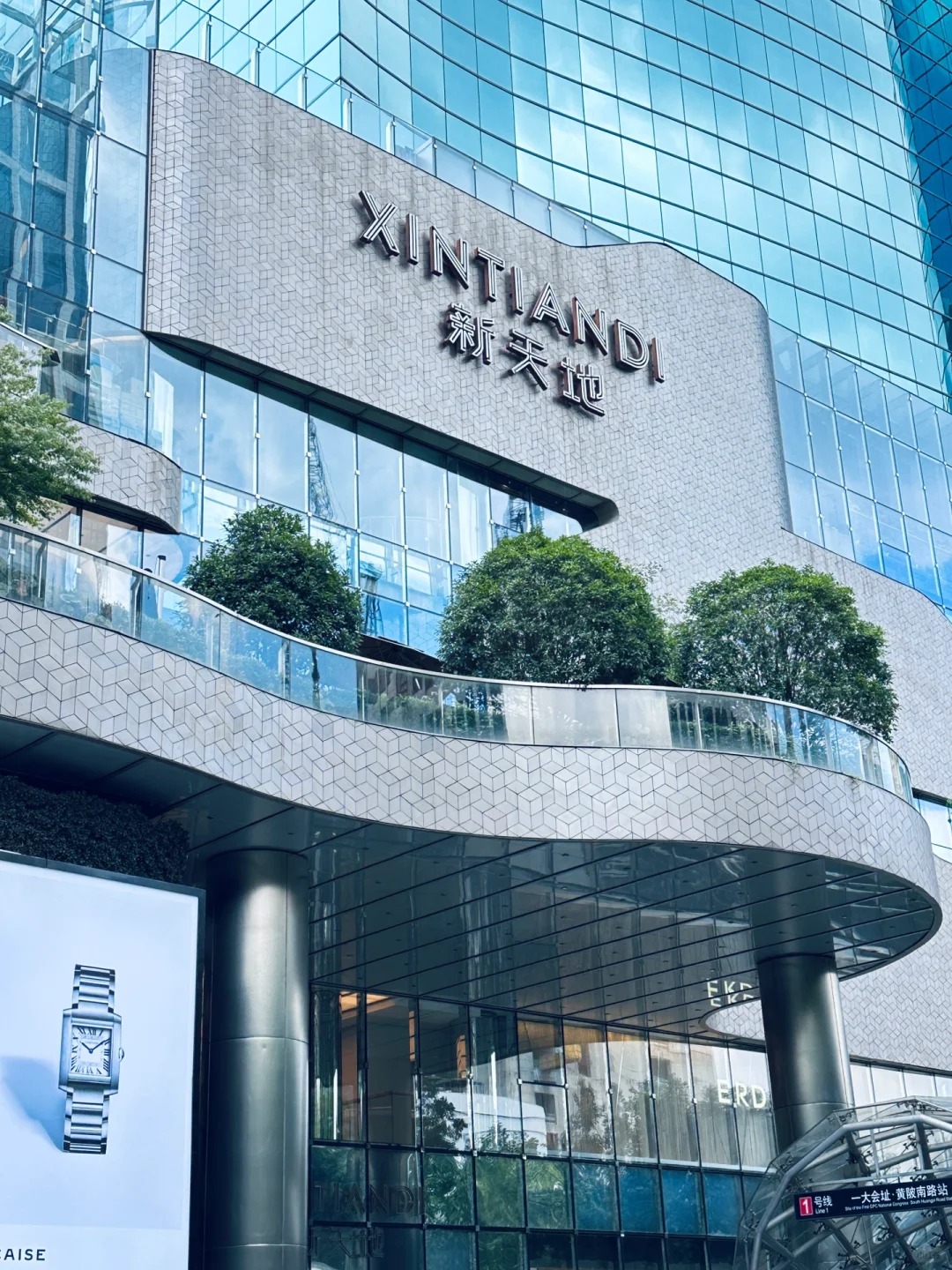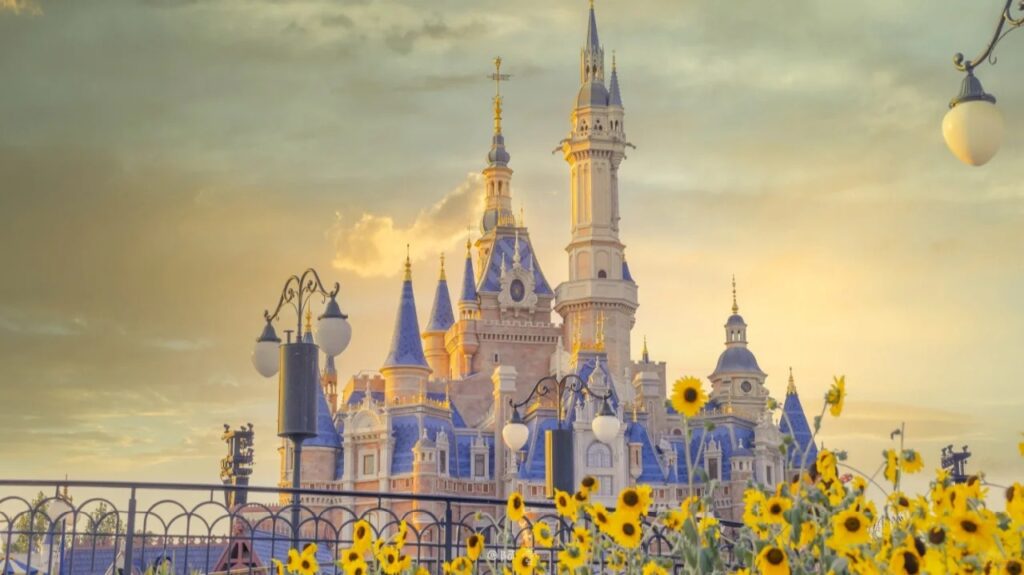Visiting Information
| Information | Details |
|---|---|
| Chinese Name | 新天地 (Xīntiāndì) |
| Location and Address | Lane 181, Taicang Road, Huangpu District, Shanghai, China |
| Opening Hours | 10:00 AM – 2:00 AM (may vary for individual establishments) |
| Entrance Fee | Free to enter the area; individual establishments may have their own charges |
| How to Get There | By Metro: Line 1, 10, or 13 to Xintiandi Station, Exit 6 By Bus: Lines 146, 780, 932 to Xintiandi Station By Taxi: Tell the driver “Xintiandi” |
| Best Time for Visit | Spring (March to May) or Autumn (September to November) for pleasant weather; evenings for lively atmosphere |
| Contact Info | Phone: +86 21 6311 2288 Email: [email protected] |
Overview
Xintiandi is a fashionable pedestrian street in Shanghai, China, known for its blend of traditional Shikumen architecture and modern amenities. It’s a popular tourist destination and nightlife hub, offering a unique mix of dining, shopping, and entertainment options in a chic, restored historical setting.
Historical Background
Xintiandi was originally a residential area featuring traditional Shikumen houses, a style unique to Shanghai that combines Western and Chinese elements. In the late 1990s, the area underwent significant redevelopment as part of a larger urban renewal project. The goal was to preserve the historical architecture while creating a modern commercial and cultural center. This transformation turned Xintiandi into a symbol of Shanghai’s rapid modernization while maintaining connections to its past.

Architectural Features
- Shikumen Houses: These stone-gate houses are the defining feature of Xintiandi. Originally built in the late 19th and early 20th centuries, they blend Western and Chinese architectural styles. The houses feature distinctive stone arches, narrow alleyways, and intricate brick patterns, offering a glimpse into old Shanghai’s residential life.
- Restored Facades: While the interiors have been modernized to accommodate restaurants, cafes, and shops, the exterior facades of many buildings have been meticulously restored to preserve their historical appearance. This creates a unique juxtaposition of old and new throughout the district.
- Modern Additions: Interspersed among the historical structures are contemporary buildings designed to complement the traditional architecture. These modern elements include glass-fronted shops, sleek restaurants, and small plazas, creating a harmonious blend of past and present.
- Pedestrian Streets: The area is designed as a network of pedestrian-friendly streets and alleys, encouraging visitors to explore on foot. The layout preserves the intimate feel of the original neighborhood while accommodating modern urban needs.
Cultural Importance
Xintiandi holds significant cultural importance as a symbol of Shanghai’s transformation and its ability to blend tradition with modernity. It serves as a model for urban renewal that preserves historical architecture while creating vibrant, contemporary spaces. The area is also historically significant as the site of the First National Congress of the Chinese Communist Party, now preserved as a museum. Xintiandi has become a cultural hub, hosting art exhibitions, fashion shows, and other events that showcase Shanghai’s dynamic creative scene.
Surrounding Attractions
- Site of the First National Congress of the CPC: Located within Xintiandi, this museum is housed in a restored Shikumen building where the Chinese Communist Party held its first national congress in 1921. It offers visitors insight into a crucial moment in Chinese history and the origins of the ruling party.
- Taipingqiao Park: Adjacent to Xintiandi, this expansive urban park features a large artificial lake, walking paths, and green spaces. It provides a peaceful retreat from the bustling streets and offers beautiful views of the surrounding modern skyline.
- Huaihai Road: One of Shanghai’s premier shopping streets, Huaihai Road is within walking distance of Xintiandi. It features a mix of high-end boutiques, department stores, and international brands, making it a popular destination for fashion enthusiasts.
- Tianzifang: Located nearby in the French Concession area, Tianzifang is another renovated historical district known for its maze-like alleyways, art galleries, craft shops, and cafes. It offers a more bohemian atmosphere compared to the polished Xintiandi.

Photography Opportunities
- Shikumen Architecture: The well-preserved Shikumen houses provide excellent subjects for architectural photography. Their unique stone gates, brick patterns, and narrow lanes offer interesting compositions, especially when capturing the contrast between old and new Shanghai.
- Night Scenes: Xintiandi comes alive at night with vibrant lighting, bustling restaurants, and lively streets. This creates opportunities for stunning night photography, capturing the area’s energy and the interplay of light and shadow on historical buildings.
- Street Life: The pedestrian-friendly nature of Xintiandi makes it ideal for street photography. Capture candid moments of visitors, locals, and the diverse mix of people enjoying the area’s amenities against the backdrop of restored architecture.
- Seasonal Decorations: During festivals and holidays, Xintiandi is often decorated with themed installations and lights. These seasonal changes provide unique photo opportunities that showcase the area’s blend of tradition and modernity in a festive context.
Modern Importance
- Urban Renewal Model: Xintiandi serves as a successful example of urban renewal that preserves historical architecture while creating a vibrant commercial and cultural district. It has inspired similar projects in other Chinese cities and internationally.
- Economic Hub: The area has become a significant economic driver for Shanghai, attracting both local and international businesses, particularly in the retail, dining, and entertainment sectors. It contributes substantially to the city’s tourism industry and local economy.
- Cultural Exchange: Xintiandi functions as a meeting point between East and West, old and new. It hosts numerous cultural events, art exhibitions, and international brand launches, facilitating cultural exchange and showcasing Shanghai’s cosmopolitan character.
- Lifestyle Trendsetter: As a trendy lifestyle destination, Xintiandi influences fashion, dining, and entertainment trends in Shanghai and beyond. It’s often at the forefront of introducing new concepts and international brands to the Chinese market.

FAQ
- What is Xintiandi famous for?
Xintiandi is famous for its unique blend of restored Shikumen architecture and modern amenities, offering a trendy shopping, dining, and entertainment district in the heart of Shanghai. - What’s inside Xintiandi?
Inside Xintiandi, you’ll find a variety of upscale restaurants, cafes, bars, boutique shops, art galleries, and the Site of the First National Congress of the CPC museum. - Is Xintiandi free?
Yes, entry to the Xintiandi area is free. However, individual establishments like restaurants, shops, and attractions within the area may have their own charges. - Is Xintiandi worth visiting?
Yes, Xintiandi is worth visiting for its unique architecture, vibrant atmosphere, diverse dining options, and cultural significance. It offers a glimpse into both Shanghai’s history and its modern lifestyle. - What to do in Xintiandi?
In Xintiandi, you can explore the Shikumen architecture, dine at various restaurants, shop at boutique stores, visit the CPC museum, enjoy a coffee or drink at outdoor cafes, and experience Shanghai’s nightlife. - How do I get to Xintiandi in the local city?
In Shanghai, you can reach Xintiandi by taking Metro Line 1, 10, or 13 to Xintiandi Station and using Exit 6. Alternatively, you can take buses 146, 780, or 932 to the Xintiandi stop, or simply tell a taxi driver “Xintiandi.” - How to visit Xintiandi?
To visit Xintiandi, simply walk around the pedestrian streets at your leisure. It’s best to explore on foot, allowing time to admire the architecture, browse shops, and perhaps stop for a meal or drink. Consider visiting both during the day to see the historical aspects and at night to experience the lively atmosphere.





